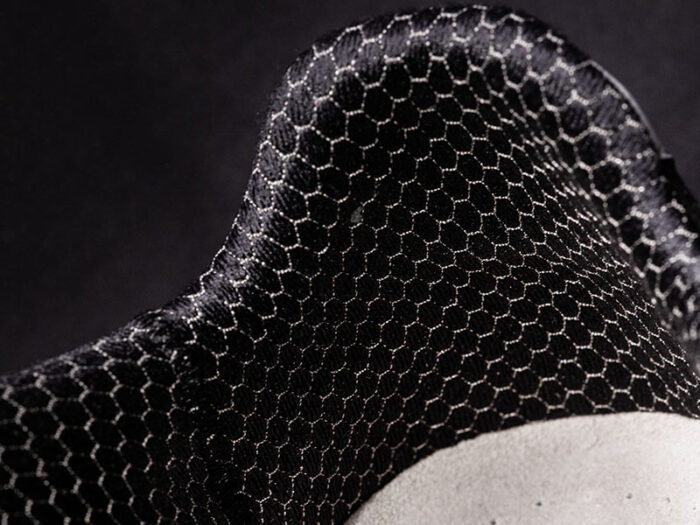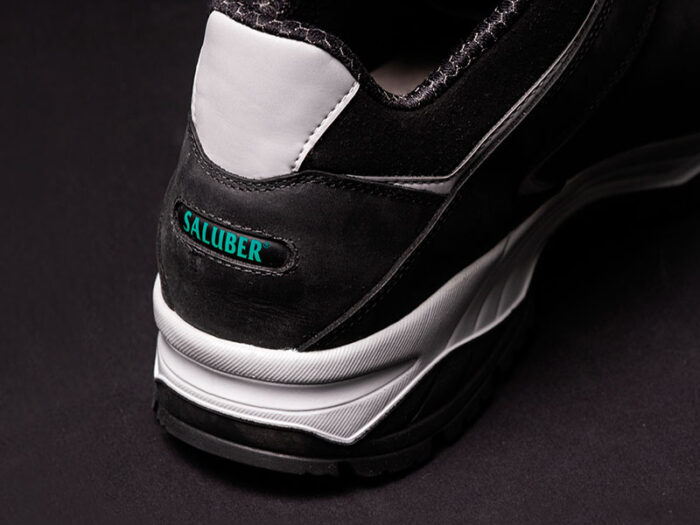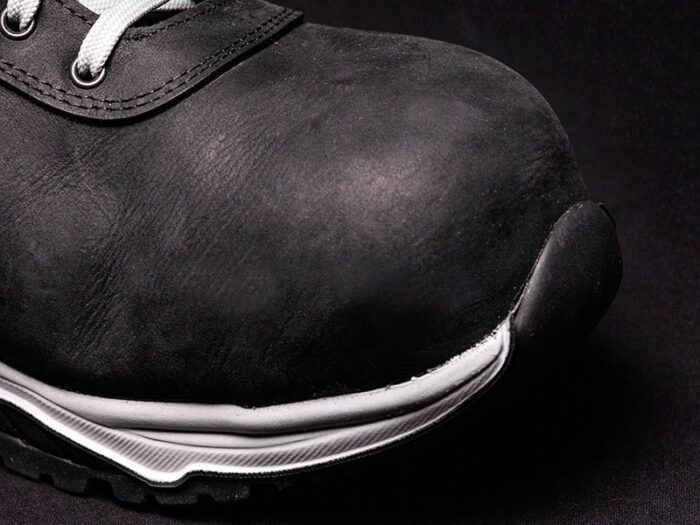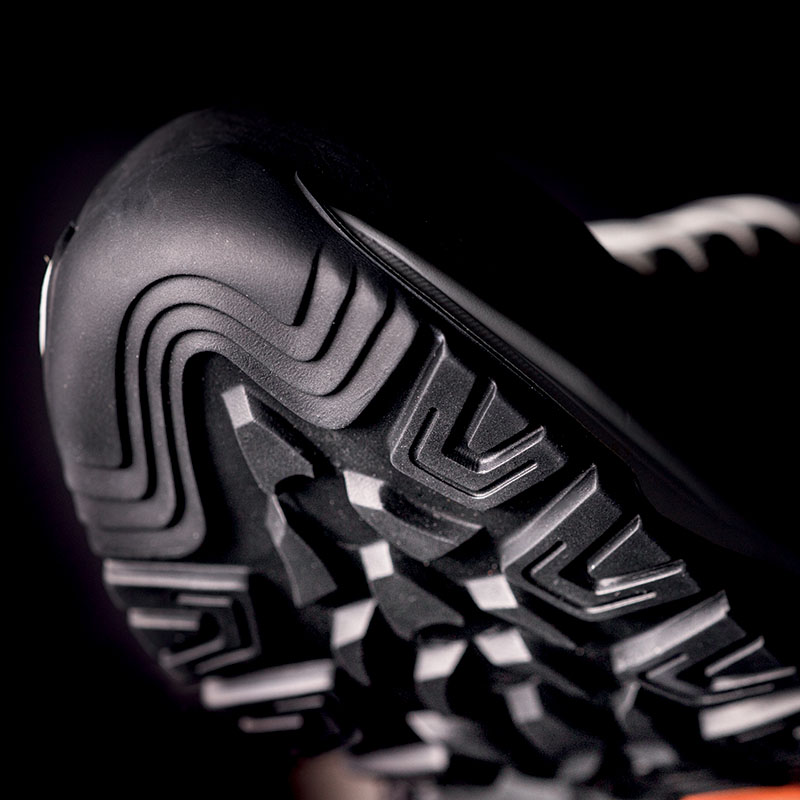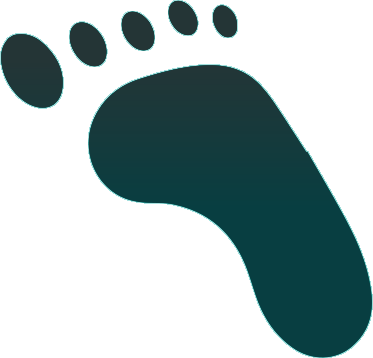The Safety Diab shoe from Saluber provides critical protection for vulnerable feet in harsh and hazardous work environments.
Safety Diab is guaranteed to protect worker’s feet from numerous work related hazards and meets European and U.S. standards for protective footwear (ASTM F2413-18, EN ISO 20345) including for antistatic, anti-crushing, anti-perforation and non-slip hydrocarbon-resistant properties.
Thanks to the unique anti-flexion patented solution, Safety Diab provides foot stability even when foot deformities are present.
The device is therapeutic for diabetic foot not-at-risk, at-risk or at very-high-risk, for rheumatoid foot, and for all types of foot pain.
Safety Diab comes in extra-wide shoe width, and it has a removable insole, offering a comfortable fit for all diabetic needs.




